
9 minute read
SAVE NATURAL RESOURCES
1,665 GALLONS OF













Strategy WM 1
Decrease total per capita municipal solid waste handled by 5% by 2030.
The MPCA has developed a hierarchy of waste management methods, ranking them based on their environmental impact. This framework gives preference to waste reduction, reuse, recycling, and organic recovery. Essentially, by decreasing the amount of materials we use and throw away, we reduce energy consumption and greenhouse gas emissions from landfills. Households and businesses practicing waste reduction can save substantial sums each year. The ongoing creation of policies and enhancements to operations that facilitate substantial landfill diversion and productive waste stream utilization present a major environmental prospect for Minnesota's Region 4.
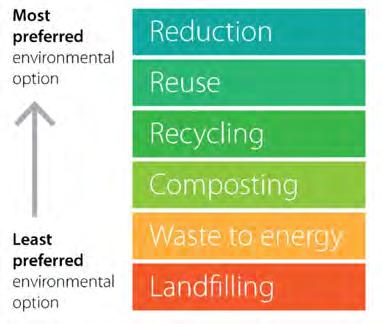
Go to Implementation for supporting actions.
Strategy WM 2
Waste Management Hierarchy
Achieve 78% organics waste diversion by 2030. (from 12.9% to 18% of total MSW)

Organic compound breakdown in landfills, being the largest source of methane, presents a considerable opportunity for Minnesota Region 4, as it constitutes nearly a third of the county's mixed waste collection.
Go to Implementation for supporting actions.
Strategy WM 3
Strategy
WM 4
Achieve 69% recycling waste diversion by 2030. (from 22.4% to 38.5% of total MSW)
Portions of Minnesota Region 4 residents have good participation rates for recycling. However, the State of Minnesota waste sort and SCORE Reports indicate opportunities for increased capture of paper, plastics, and aluminum.
Go to Implementation for supporting actions.
Establish no/low emission waste-to-energy operations producing biodiesel (or other needed energy) from region’s landfill waste.
Diverting waste from landfills to waste-to-energy plants offers substantial opportunities to generate emission-free energy and fuels, thus contributing to sustainable practices and reducing environmental impacts. Examples include:
• Plasma Gasification: This technology converts waste into syngas, which can be used for electricity or biofuels, and into a safe, reusable slag.
• Anaerobic Digestion: Organic waste is transformed into biogas for heat and electricity and biofertilizer, reducing landfill emissions and offering sustainable energy.

• Pyrolysis: This process heats organic waste, producing bio-oil for biofuel, syngas for energy, and biochar for soil fertility, transforming waste into valuable resources.
Go to Implementation for supporting actions.
Planned Sector Emission Reductions Through 2030
The strategies and actions included in this section of the Climate Action Plan are projected to reduce the region’s annual GHG emissions by 105,404 metric tons (MT) annually by 2030 - an 81% reduction from 2021 levels.
When compared to 2021 emissions, this is equivalent to eliminating over 12,600 of the region’s current vehicles from the road, or 2.1 billion cubic feet of human-made greenhouse gas atmosphere annually by 2030.

Sector Emissions Reduction below 2021 by 2030
The total change to sector emissions include CAP reductions and business-asusual (BAU) emission changes as follows:
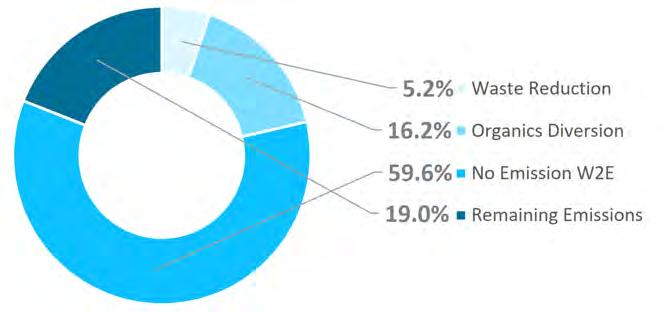
What You Can Do
You can support the goals of the Waste Management section of this climate action plan as an individual, household, or a business. Here are just a few things you can do:
1. Compost food and yard waste.
2. Aim to eliminate food waste. Eat existing fridge contents first. Plan meals and shop accordingly. More at https:// www.epa.gov/recycle/ reducing-wasted-food-home.
3. Use LEDs and rechargeable batteries to reduce eWaste.
4. Upgrade, donate, or recycle old electronics.
5. Use reusable bags for all shopping.
6. Swap single-use plastics for durable, reusable alternatives.

7. Opt for items with no, minimal, compostable, or fully recyclable packaging.
8. Repair or donate reusable or repairable items instead of discarding.
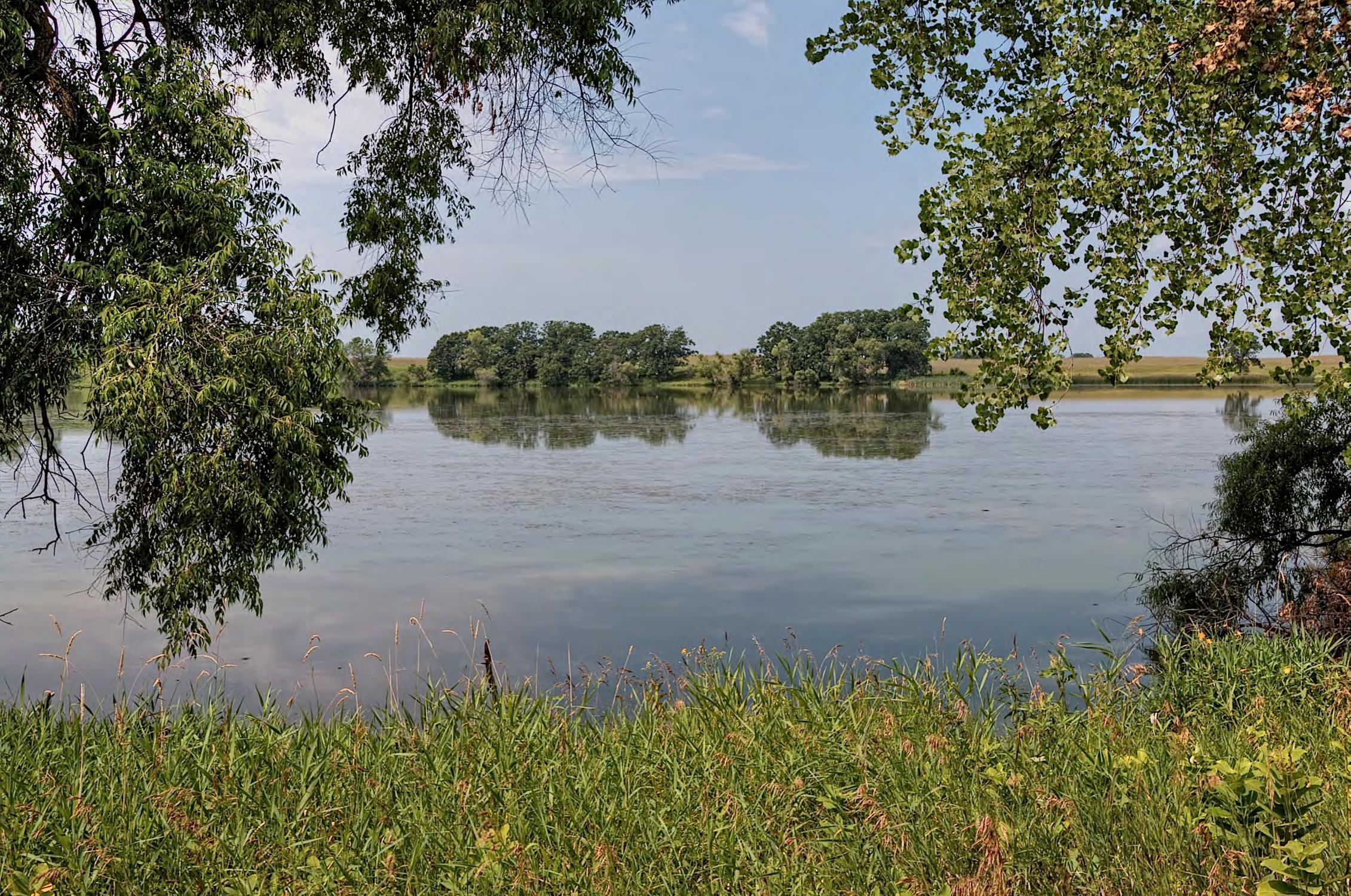




Climate change adaptation in the Midwest is closely linked with water and wastewater management. As global warming alters temperature and rainfall patterns, it impacts water availability and quality, posing challenges for wastewater management. Climate adaptive measures to address the Region’s water risks are essential.

With changing climate affecting water supply, measures like water conservation, efficient irrigation and agricultural techniques, and droughttolerant landscaping – also known as Xeriscape - are vital for an agriculturally dominant region like the Midwest. Implementing efficient water usage can stretch limited water resources to meet needs under fluctuating climate conditions.
Intensified rainfall can overwhelm wastewater infrastructure, leading to untreated sewage seeping into water sources. Adaptive strategies include strengthening wastewater facilities, employing green infrastructure like rain gardens and bioswales to manage stormwater runoff, and preventing contamination.
Changes in water availability and quality also challenge the effectiveness of water treatment plants. Adaptation might involve using advanced treatment technologies or modifying treatment processes to deal with varying water quality.
Incorporating climate forecasts into planning promotes proactive adaptation, enhancing the long-term sustainability of water and wastewater management. By prioritizing resilience through strategies that anticipate climate change impacts, Minnesota Region 4 can secure safe water and effective wastewater treatment, protecting public health, the economy, and the environment.
Regional Water Stress
By 2025, an estimated 1.8 billion people will live in areas plagued by water scarcity, with two-thirds of the world's population living in water-stressed regions. Since 1985 the MN Region 4 region has had a reduction in water yield of approximately 10% to 20%. Through 2050, the Region can anticipate an increase in water demand of 20%.
Equity Considerations
Climate change impacts water scarcity and quality, disproportionately affecting underserved communities lacking resources for adaptation. They often reside in flood -prone areas, risking exposure to untreated sewage. Equity in climate adaptation entails inclusive strategies benefiting all communities. This includes extending resilient infrastructure investment to all regions, supporting lowerincome households' access to water-saving technologies, and prioritizing public engagement in decision-making.
Equity Program Examples:
1. Disadvantaged Communities Involvement – a program in California which allocates funding for water infrastructure in vulnerable areas.
2. Denver Water's Assistance Program - supports lowincome households in acquiring water-efficient appliances, promoting water conservation.
3. Flint, Michigan's Community Engagement and Citizen Advisory Committee - ensures residents participate in decision-making affecting their water security.
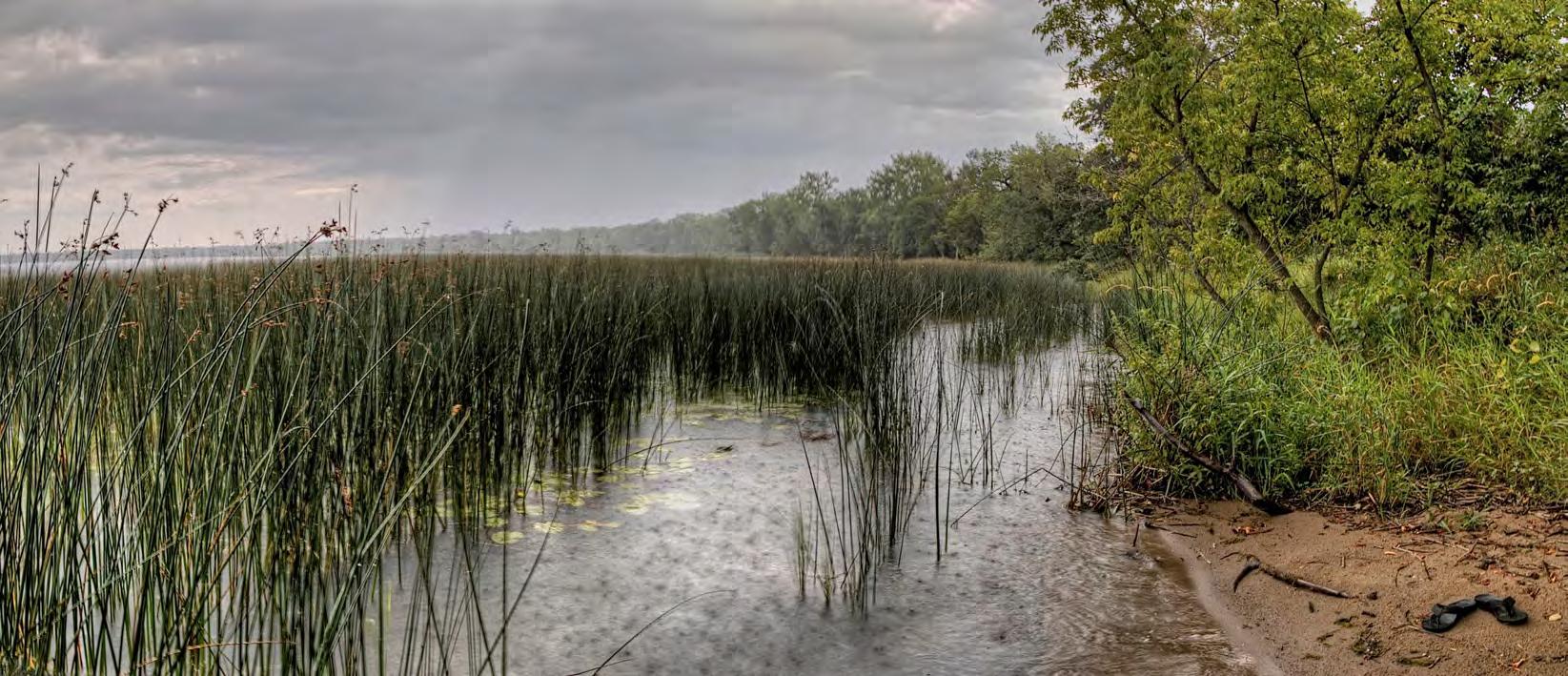
Strategies
The strategies on the following pages guide our path in meeting our climate goals for the Waste Management sector. Each strategy is supported by a series of detailed actions to be explored and undertaken in order to carry out the vision and goals. These supporting actions are outlined in the Implementation section of this plan.
Go to Implementation for supporting actions.
Restore replace turf with native prairie and wildflower grasses.
Planning prioritize water + energy efficiency, such as placing plants for home
Outside The Home
Inside The Home
Turn It Off

turn off water when washing dishes and brushing teeth.
Mulch use organic mulches to lessen soil evaporation.
Care avoid improper pruning/fertilizing to reduce landscape water usage.
Under 5 shower in five minutes or less.
Fill It Up
use full loads in your washing
WaterSense replace fixtures with WaterSense labeled products.
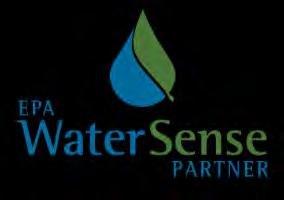








Strategy W 1
Promote increased water conservation Region-Wide with a targeted reduction of 6% by 2030.

Reducing water consumption and minimizing wastewater are vital for addressing climate change, as they connect water resources, energy use, and greenhouse gas emissions. Water scarcity is a global concern exacerbated by climate change – and Minnesota Region 4 will be equally impacted. Lowering water usage relieves pressure on freshwater supplies, supporting ecosystems and biodiversity. It also reduces energy demands for water treatment, transportation, and pumping, thereby lowering greenhouse gas emissions. Minimizing wastewater generation is equally crucial as it saves energy and curbs greenhouse gas emissions from treatment processes. These practices foster sustainable development, enhance water security, and build resilience to climate impacts.
Go to Implementation for supporting actions.
Strategy W 2
Mitigate the projected increased flood hazards and impacts due to climate change.
The US National Climate Assessment highlights the significant contribution of the ten rainiest days, which can account for up to 40% of annual precipitation in Minnesota. By 2070, the Minnesota Region 4 is projected to experience a potential increase of up to 15% in total annual precipitation, accompanied by longer gaps between rainfall events. This may result in notably wetter springs with heavier storms. To prepare for such scenarios, it is crucial to evaluate flood-prone areas in the region and assess the adequacy of current stormwater management systems in light of projected extreme rainfall events.
Taking proactive measures can mitigate these impacts, including reduction of impervious surfaces and implementing green infrastructure, enhancing stormwater storage and management capacity, and updating the region plans and standards to reflect the projected impacts of extreme water events.
Go to Implementation for supporting actions.
Strategy W 3
Protect the region’s aquifers and natural waterways and lakes.
Protecting aquifers, natural waterways, and lakes is vital for effective climate adaptation. These water sources are critical for freshwater storage, sustaining ecosystems, and supporting human livelihoods. They ensure water security, enhance ecosystem resilience, and aid in stormwater management. To safeguard them, sustainable groundwater management practices, land use planning that avoids contamination, and preservation of riparian zones are essential. Enforcing water pollution regulations and educating communities about their significance are crucial steps to ensure long-term protection and enhance climate adaptation efforts.
Go to Implementation for supporting actions.
What You Can Do
You can support the goals of the Water and Wastewater section of this climate action plan as an individual, household, or a business. Here are just a few things you can do:

1. Be mindful of your water use and focus on changes in habits such as turning off water when brushing your teeth and taking shorter showers.
2. Trade your shower heads and faucets for WaterSense labeled low-flow, water-efficient options.
3. Replace your lawn with prairie grass, wildflowers, or landscape using Xeriscaping principles. (link to infographic)
4. Collect rainwater in rain barrels to water your lawn and/or plants
5. If you have a lawn and garden irrigation system, or use hoses and sprinklers, water thoroughly less often, and do so in the early morning or evening
6. Install ― or have a licensed plumber install a WaterSense labeled, water-saving low-flow toilet.
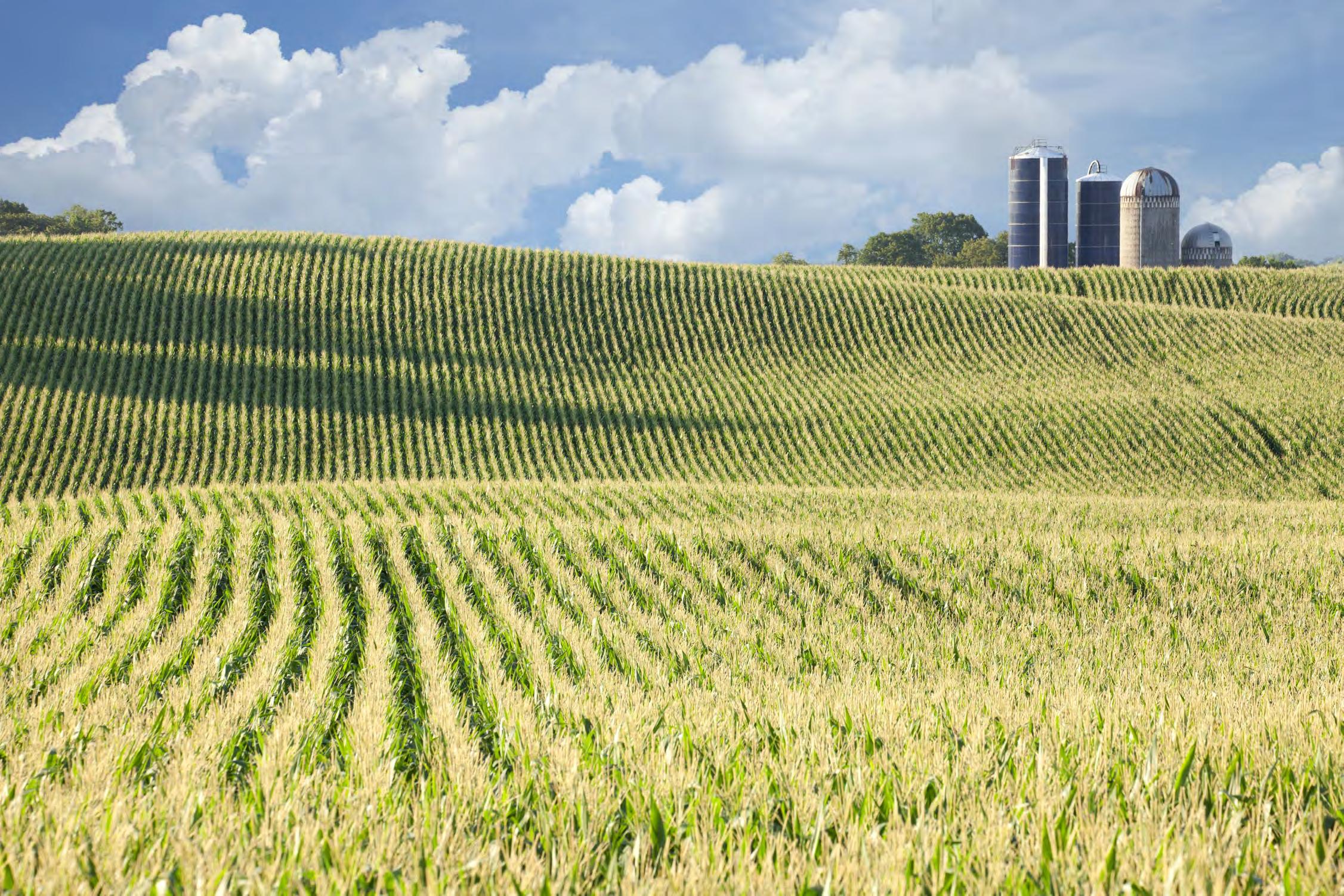




Climate change has serious implications for agricultural resilience and food security. Extreme weather events or shifting climate patterns caused by global warming can lead to inconsistent crop yields and price volatility, making access to nutritious food challenging for many
Meanwhile, our personal food choices can both contribute to and be impacted by climate change. The demand for animal-based products, which have a higher environmental footprint due to their methane emissions and land requirements, accelerates global warming. In turn, the changes in climate affect the production of these very food sources.
Where our food comes from also has direct relationships to climate change. Transporting food across long distances burns fossil fuels and emits greenhouse gases. The extended period of time of long-distance transport increases the need for refrigeration. Refrigeration is carbonintensive. The less transportation and refrigeration needed to supply us our food, the more sustainable it becomes.
Linking Climate Change and Agriculture

The Midwest, America's "breadbasket," is threatened by climate change exacerbated by its agricultural practices, including synthetic fertilizers, livestock methane, and machinery, which emit greenhouse gases. Anticipated climate changes in this region, such as altered precipitation patterns and increased extreme weather and temperatures, pose serious challenges to crop growth, irrigation, and water management.
Sustainable farming practices offer mitigation possibilities. Techniques like cover cropping, reduced tillage, precision nutrient management improve soil health and boost carbon sequestration, helping to decrease atmospheric CO2. Other methods like organic farming, agroforestry, and regenerative farming enhance soil health, biodiversity, and resource conservation, concurrently reducing greenhouse gas emissions. Thus, sustainable farming can help combat climate change impacts.
Economic Potential of Local Food Purchases
Buying food from local sources can reduce the carbon intensity of our diet, reducing our food’s supply chain and curbing greenhouse gas emissions associated with food transportation - while also supporting your small business local economy. Studies have indicated that nearly 32 jobs are created for every $1 million in revenue generated by produce farms involved in a local food market, compared to only 10.5 jobs for those involved in wholesale channels exclusively. Meanwhile, the outdoor and social activity supported by community gardens and increased gardening in neighborhoods have social and community benefits like increasing social cohesion, providing multi-generational activity, supporting outdoor low-impact exercise, and support of plant/animal/pollinator habitat.
Equity Considerations

"Food deserts" often prevail in low-income neighborhoods, where access to full-service supermarkets or grocery stores is limited, leaving residents with inadequate affordable, nutritious food options. This situation, compounded by the prevalence of fast-food restaurants, leads to "nutrition deserts." However, attempts to rectify this via local food programs can unintentionally perpetuate inequities. These programs, typically shaped by the dominant population, may overlook the disenfranchisement of marginalized individuals within the food system. As a result, those unable to afford "local" or organic may remain excluded, perpetuating food insecurity.
Equity Program Examples:
1. Philadelphia Food Trust - an initiative to combat food deserts by partnering with local supermarkets and community organizations to improve the availability of fresh food in underserved neighborhoods.
2. Healthy Bodegas Initiative – a program of the City of New York to transform local corner stores into sources of healthier food.
3. Daily Table is a nonprofit community grocery store chain dedicated to providing fresh, convenient and nutritious food at prices everyone can afford.
Strategies
The strategies on the following pages guide our path in meeting our climate goals for the Transportation and Land Use sector. Each strategy is supported by a series of detailed actions to be explored and undertaken in order to carry out the vision and goals. These supporting actions are outlined in the Implementation section of this plan.





